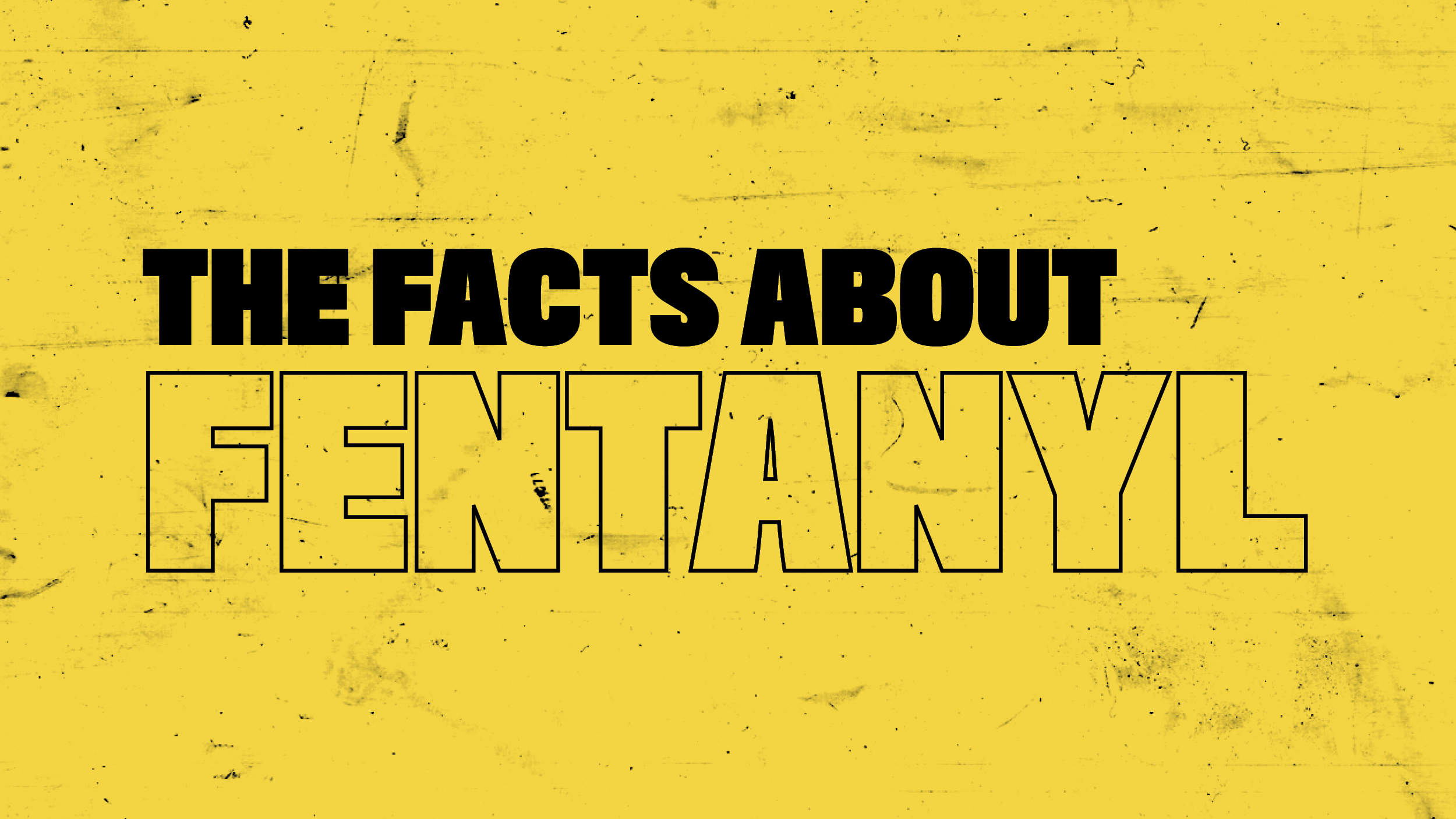Key points
- Drugs take nearly 300 lives every day.
- CDC created public awareness campaigns about the facts on fentanyl, the lifesaving power of naloxone, the dangers of polysubstance use, and reducing stigma to support recovery.
- Take steps to reduce the risk of overdose for yourself or others.

Overview
To respond to current trends in drug overdose, we created educational content to highlight drug use trends and encourage ways to safely reduce risk for oneself or others.
Talking about it
Facts on Fentanyl

Fentanyl is up to 50x more potent than heroin and 100x more potent than morphine.123 Learn more about the dangers of fentanyl and how it has taken over the drug supply.
Polysubstance Use Facts

Polysubstance use occurs when two or more drugs are taken together, whether intentionally or unintentionally. Learn about the risks and consequences of mixing different types of drugs.
Lifesaving Naloxone

Naloxone is a safe medication that can reverse an overdose from opioids, including heroin and fentanyl. Learn more about how to get and use naloxone.
Stigma Reduction

Addiction is a disease, not a character flaw. There are safe and effective ways to treat substance use disorders. Learn more about understanding addiction to support recovery.
Resources
- Overdose prevention: Data, prevention resources, trainings, and more.
- Overdose Resource Exchange: Communication materials about addiction, treatment, and overdose prevention.
- Suzuki J, El-Haddad S. A review: Fentanyl and non-pharmaceutical fentanyls. Drug and Alcohol Dependence. 2017; 171:107–116.
- Ciccaron, D. Editorial for "US Heroin in Transition: supply changes, fentanyl adulteration and consequences." International Journal of Drug Policy. 2017;46:107-111.
- Comer, SD, Cahill, CM. Fentanyl: receptor pharmacology, abuse potential and implications for treatment. Neuroscience Biobehavioral Reviews. 2019; 106:49-57
